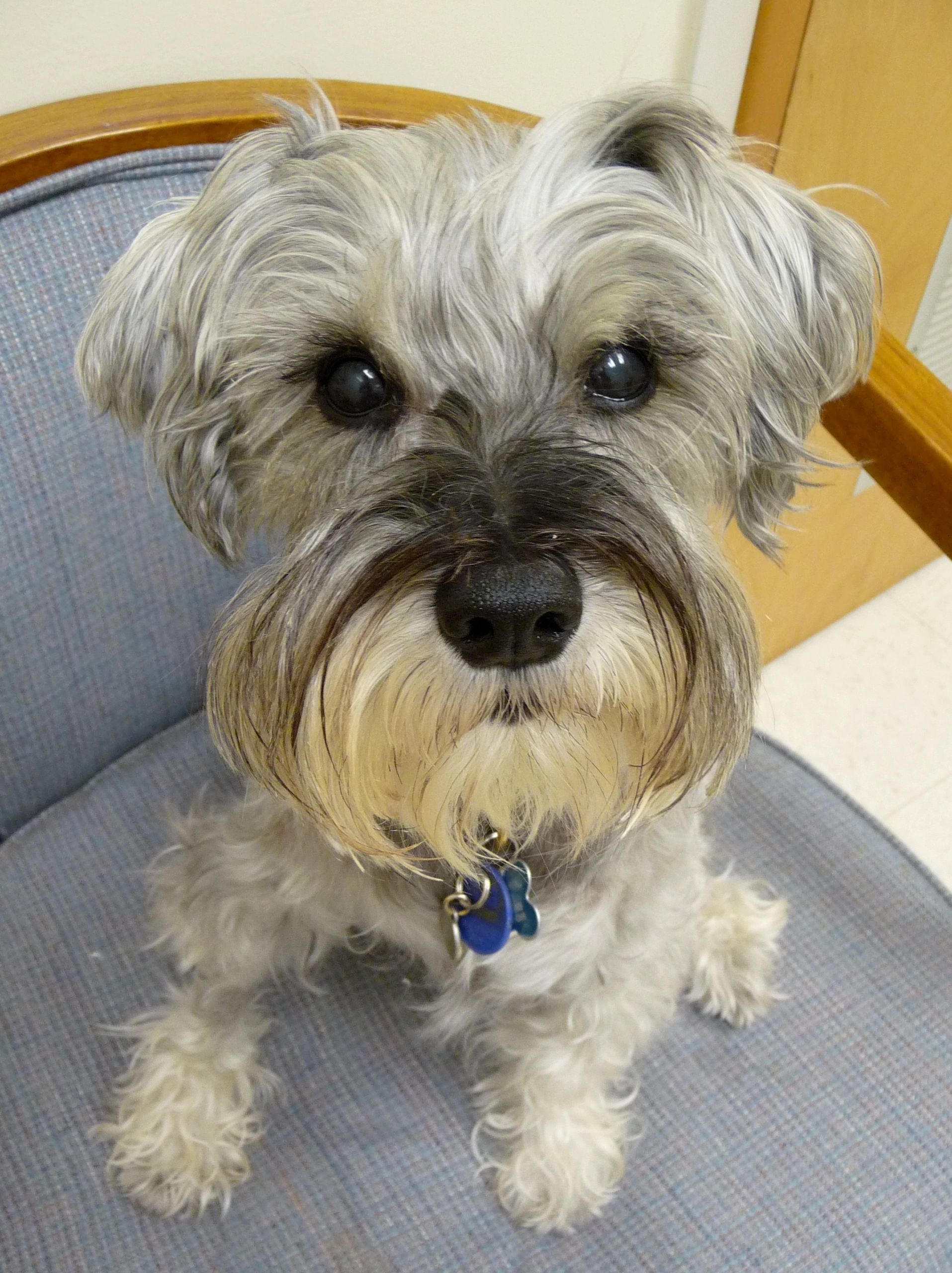Her life. Her cancer. Our story.
The Team at Georgia Vet Specialists
Many people refer to Georgia Vet Specialists (GVS) as the "Animal Mayo Clinic of the South" with some of the leading specialists in veterinary medicine. We selected GVS from a list of highly regarded canine oncology teams after visiting GVS, University of Georgia Small Animal Hospital and Auburn University Small Animal Hospital.
Georgia Vet Specialists
Gracie went through various doctors at GVS for each phase of her diagnosis. Since her cancer discovery was accidental and not what she was referred to the facility for we did not start with oncology. It was only after Dr. Lisa Langs discovered a suspicious mass on one of Gracie's lung nodules on the right side that we were referred to Dr. Julie Duval in surgery. Dr. Duval wanted to quickly address surgery, which is what we chose to do, in order to remove the mass before it had a chance to spread. It was after the mass was removed and determined to be cancerous that we were referred to Dr. Terrance Hamilton in oncology. (See Gracie's Diagnosis for further details) Without treatment, which wasn't an option for us, Gracie would likely have just 4-6 weeks. With treatment if she responded well Gracie could have 9-12 months and perhaps more since it seems they caught it early. Gracie's situation is not well represented in studies as dogs diagnosed with Histiocytic Sarcoma often have it in multiple locations in their bodies while presenting symptoms---not the case with Gracie. Dr. Hamilton recommended aggressive action with a multi-drug chemo treatment. His first protocol of treatment for Gracie was Adriamycin & DTIC with hopes that Gracie would have good response to the combination. Treatment details include the following
- Drugs administered through IV over 4-6 hours
- Chemo treatment every 3 weeks
- 6 treatments total
- Baseline x-rays before first treatment
- X-ray rechecks throughout treatment
- Monitor blood values & white blood cell counts before every treatment and as needed between treatments
Should Gracie not respond well to the primary chemotherapy protocol the secondary choice of Dr. Hamilton would be CCNU.
OVERVIEW OF OPTIONS & DECISION
All three facilities are highly recommended for their treatment. Both UGA and Auburn are also teaching hospitals with students also tending to the patients under the supervision of well regarded Doctors of Veterinary Medicine. Sometimes it can be a little less expensive, depending on the treatment, in the case of Gracie's option the price wasn't much different especially when factoring in the gas and drive time to get to either UGA or Auburn from our Atlanta home. Special appreciation goes out to Dr. Nicole Northrup at the University of Georgia for her follow through, compassion, professionalism and gracious nature which made our decision for Gracie's treatment both easy and hard. Since there is very little statistical data to support one treatment type over another it was discussed that some oncologists tend to go with one treatment over the other based on their familiarity with dealing with the drugs and the possible side effects. Dr. Hamilton and Dr. Northrup discussed Gracie's case and each spoke highly of the other. In the end, most things being equal, it came down to the accessibility of GVS in relation to where we live, should there be a problem, with some consideration also given to the possible side effects of the drug choices and if they might cause any delays should we need to change treatment protocols midstream. It did provide some comfort knowing that we would feel comfortable with either team treating Gracie. Both were very up front about the grim statistics, but yet both mentioned that Gracie isn't well represented by the statistics and that they wanted to work to beat them. That was exactly what we wanted to hear!
University of Georgia - Small Animal Hospital
The team at University of Georgia thoroughly reviewed Gracie's records. (We took a complete set of records including all the pathology information we had for oncology to review). The team was in agreement that treatment should start immediately due to the aggressive nature of Gracie's cancer. They estimated without treatment Gracie might have 4-6 weeks and with treatment hopefully 9-12 months, perhaps more, depending on how well she responded to the treatment. The primary protocol recommended by the oncology team with University of Georgia Small Animal Hospital was CCNU. Treatment details they recommended include the following:
- CCNU given orally via tablet
- Treatment every 3 weeks
- 6 treatments total
- Baseline x-rays
- Bloodwork and recheck before every treatment
- Regular x-ray rechecks throughout treatment
The secondary drug protocol for UGA was Adriamycin & DTIC (the primary choice for GVS).
Auburn University - Small Animal Hospital
The team at Auburn University thoroughly reviewed Gracie's
records. (We again took a complete set of records including all the
pathology
information we had for oncology to review). The team recommended
that Gracie's treatment start immediately due to the aggressive nature
of the cancer. They estimated she had 4-6 weeks without treatment and 6-9 months (possibly a year) if she responded well to treatment. The primary protocol recommended by the oncology team
was CCNU or Doxorubicin (Adriamycin). Treatment
details they recommended for CCNU include:
- CCNU given orally via tablet
- 6 treatments
- Treatment every 3 weeks
- Baseline x-rays
- Blood work and recheck before every treatment
- Regular x-ray rechecks throughout treatment
- 5 treatments total
- Treatment every 3 weeks
- Treatment given via IV over 4-6 hours
- Baseline x-rays
- Blood work and recheck before every treatment
- Regular x-ray rechecks throughout treatment

